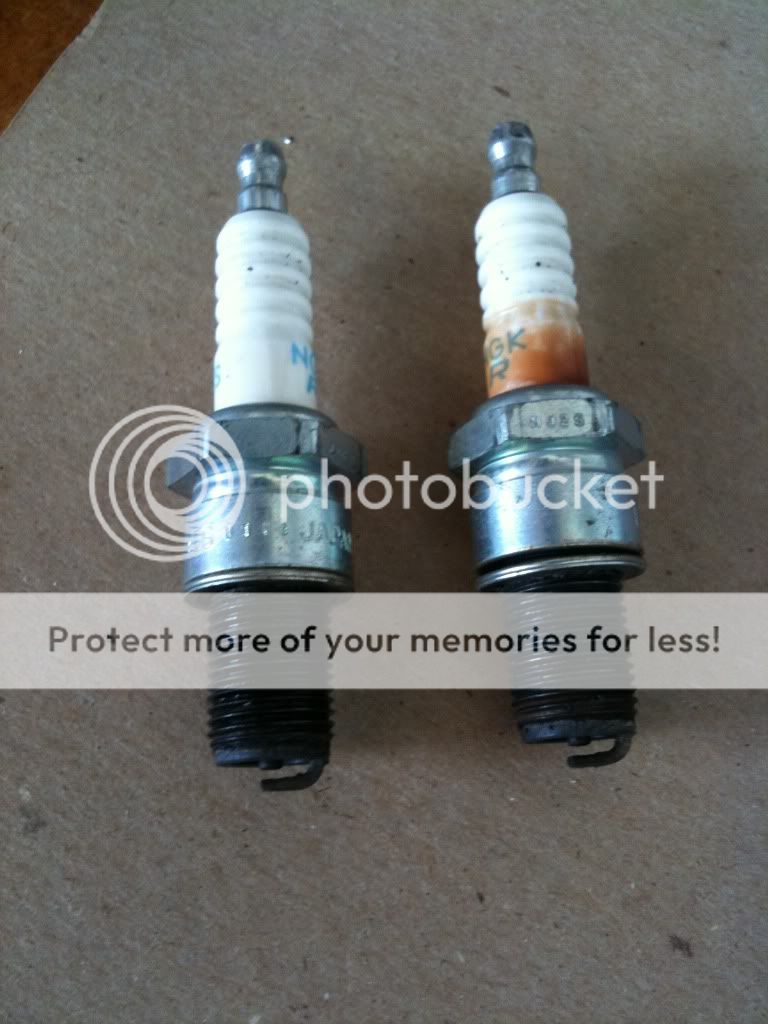DakotaHawk
Well Known Member

After taking my RV-7 on an extended vacation - flying 42 hours in the past three weeks - I had a punch list of items to check upon return to my own hangar and tools. First item of business after pulling the cowl was to do a complete wipe-down of the engine and look for any obvious issues.
I found the #2 and #3 top plugs (Light Speed Engineering Electronic Ignition) had scorch marks on them. The picture above shows a comparison of #2 to #4 plug. The #4 plug is clean, the #2 plug has a brown tint on the porcelin outer case.
I will be replacing all four plugs, but I'm concerned about this and would like to prevent it from happening again.
edit: I verified torque on all plugs - they were properly torqued according to LSE specs.
Last edited:




